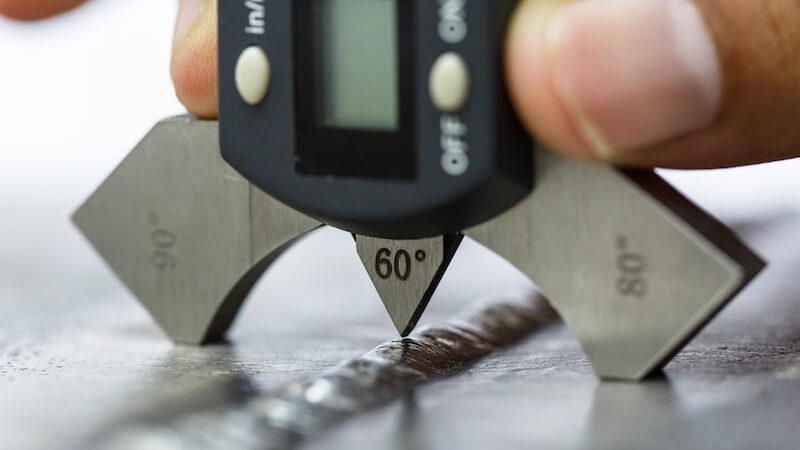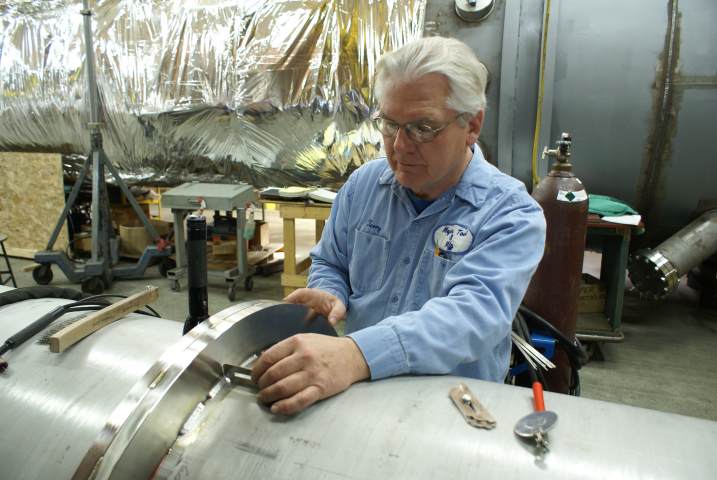A Comprehensive Overview to Comprehending Just How Welding Assessment Works: Methods, Criteria, and Finest Practices for Quality Control in Metal Fabrication
Comprehending the complexities of welding evaluation is crucial for preserving the stability of steel fabrication. Numerous methods, such as ultrasonic and visual testing, play a critical duty in determining possible defects, while adherence to developed criteria makes sure conformity and durability. Additionally, applying best techniques can significantly enhance high quality assurance procedures. However, the landscape of welding assessment is not without its challenges. What problems arise in the field, and how can these be efficiently alleviated? Exploring these facets discloses the depth of this essential technique.
Importance of Welding Assessment
Although welding is an important process in numerous markets, its honesty directly influences the safety and efficiency of frameworks and components. Effective welding evaluation is crucial for determining issues that could jeopardize the top quality and sturdiness of bonded joints. This procedure makes sure adherence to developed specifications and requirements, which are essential for maintaining structural honesty and operational dependability.
Welding assessment offers numerous objectives, including confirming that the welding procedure has actually been executed correctly, examining the top quality of materials used, and verifying that the completed item fulfills governing and industry standards (Houston Welding Inspection). With extensive evaluation, possible problems such as porosity, fractures, and incomplete fusion can be discovered early, protecting against pricey repairs and mitigating security threats
Additionally, constant welding assessments foster self-confidence amongst stakeholders, consisting of engineers, clients, and governing bodies, by showing a commitment to quality control. The importance of welding assessment can not be overstated; it is indispensable not just for compliance with lawful needs yet additionally for boosting the general performance of welded structures. Ultimately, a durable welding examination program is a proactive action that safeguards versus failings, making sure the durability and reliability of welded parts in their designated applications.
Usual Welding Examination Techniques
Visual inspection is the initial line of protection, enabling inspectors to recognize surface area defects such as cracks, undercuts, or insufficient combination. Radiographic screening utilizes X-rays or gamma rays to disclose interior defects, making it ideal for intricate welds. Ultrasonic testing employs high-frequency audio waves to detect subsurface issues, offering exact measurements of weld integrity.
Magnetic fragment testing is efficient for ferromagnetic materials, highlighting surface and near-surface suspensions when fragments are put on an electromagnetic field. On the other hand, dye penetrant screening uses a fluid dye to disclose surface-breaking problems, ensuring that also the tiniest problems are spotted.
Each method has its restrictions and toughness, typically necessitating a combination of approaches for comprehensive analysis - Houston Welding Inspection. By applying these inspection methods, quality control in steel fabrication is accomplished, making certain that welded frameworks meet security and efficiency criteria
Industry Criteria for Welding


The American Welding Society (AWS) and the American National Standards pop over to this web-site Institute (ANSI) are two noticeable organizations that develop welding criteria. AWS D1.1, as an example, details the needs for welding steel structures, while AWS D1.2 concentrates on aluminum. Internationally, the ISO 3834 conventional addresses quality demands for combination welding, supplying a structure relevant throughout nationwide boundaries.

Ideal Practices for Quality Control
Quality assurance in welding is critical to attaining durable and safe buildings. Developing a detailed top quality administration system (QMS) tailored to the certain welding job is vital.
Regular training and certification of welding employees are crucial for maintaining a skilled workforce. Continual education on the most current welding strategies and innovations makes certain that inspectors and welders are experienced about present criteria and techniques.
In addition, performing pre-weld evaluations to review products and equipment can stop issues before they happen. Houston Welding Inspection. During the welding process, real-time monitoring and documentation of welding parameters help identify incongruities promptly. Post-weld assessments should include complete exams using non-destructive testing (NDT) methods to guarantee the stability of the welds
Additionally, maintaining clear interaction amongst staff member advertises a society of quality. Regular audits and reviews of the welding process assistance determine areas for enhancement. By adhering to these ideal practices, organizations can achieve optimum high quality assurance, eventually causing improved security and efficiency in steel manufacture jobs.
Difficulties in Welding Inspection
Although welding evaluation is essential for guaranteeing architectural stability, it provides a selection of difficulties that can make complex the assessment process. One significant obstacle is the irregularity in welding methods and materials utilized, which can influence the uniformity of weld top quality. Various welders may employ differing approaches, causing inconsistencies that inspectors need to identify and review.
An additional challenge includes the detection of flaws. Non-destructive screening (NDT) approaches, such as radiographic and ultrasonic testing, can be intricate and call for knowledgeable service technicians to interpret outcomes precisely. Incorrect positives or downsides can happen, possibly causing costly rework or endangered security.
Additionally, the visibility of environmental variables, such as temperature and moisture, can influence the honesty of welds and the effectiveness of examination methods. Assessors must likewise browse the regulative landscape, ensuring conformity with sector standards, which can differ by jurisdiction and application.
Final Thought
In verdict, welding inspection plays an important function in guaranteeing the stability and security of steel fabrication. Employing a range of inspection methods, sticking to established market criteria, and implementing efficient top quality administration techniques jointly enhance the dependability of welded structures. In spite of the obstacles faced in the evaluation procedure, a dedication to continual improvement and adherence to finest methods other can substantially strengthen the high quality assurance framework, cultivating higher self-confidence amongst stakeholders in the welding sector.
Reliable welding inspection is vital for determining problems that might endanger the high quality and toughness of welded joints.Furthermore, regular welding evaluations foster confidence amongst stakeholders, consisting of designers, clients, and governing bodies, by showing a dedication to top quality guarantee.The American Welding Culture (AWS) and the American National Requirement Institute (ANSI) are 2 prominent organizations that establish welding requirements. Throughout the welding procedure, real-time surveillance and documents of welding criteria aid recognize variances promptly. In spite of the difficulties dealt with in the evaluation process, a commitment to continual renovation and adherence to best methods can considerably reinforce the high quality assurance structure, promoting better confidence among stakeholders in the welding sector.